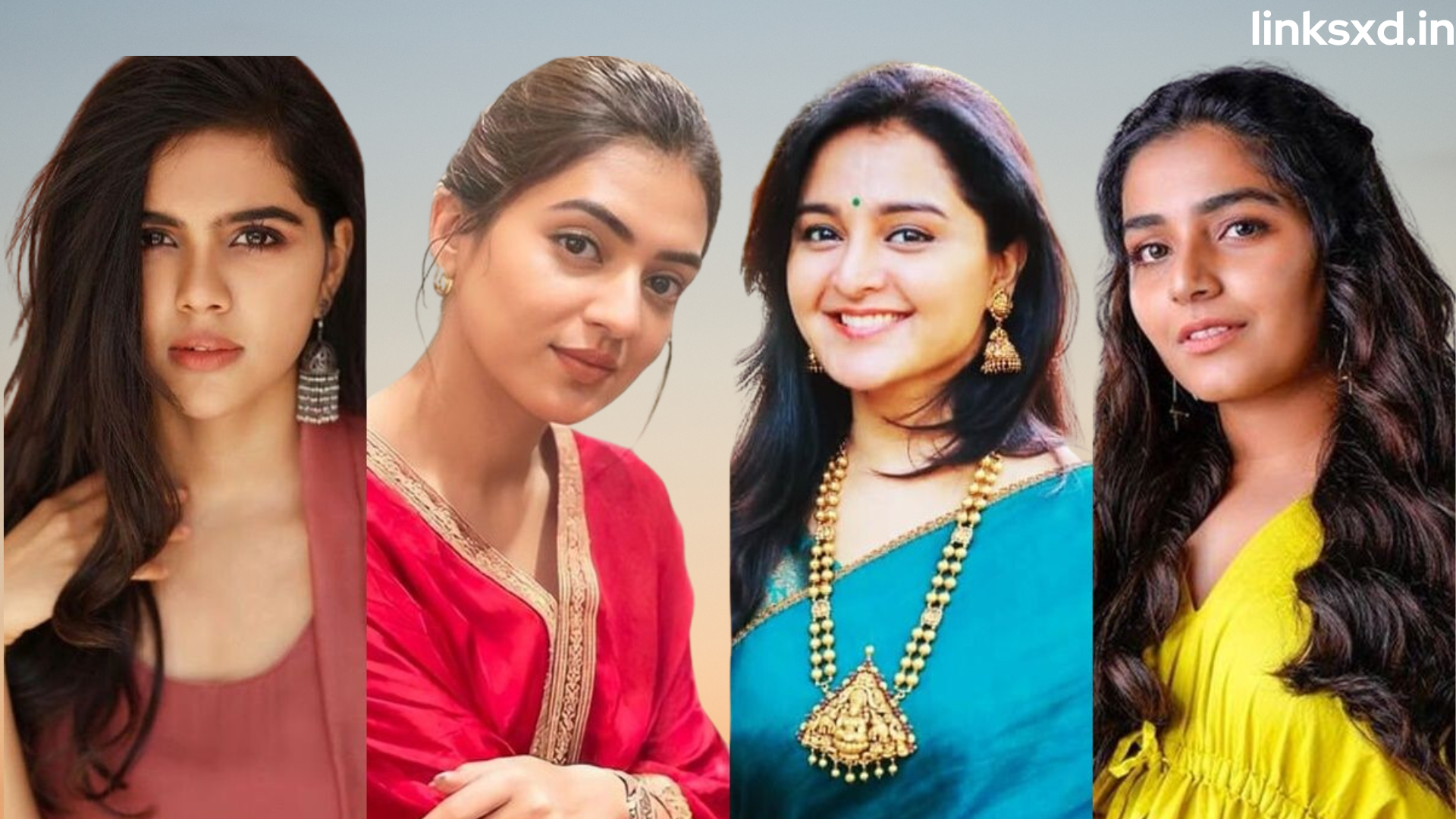The Lack of Women
As Malayalam cinema continues its runaway success with movies like ‘Manjummel Boys,’ ‘Bramayugam,’ and ‘Aavesham,’ one issue has surfaced: women do not feature prominently enough in its productions. This should be addressed.
One popular viral video contains a comment which reads ‘If the story needs female characters, then having them should suffice.’
The Lack of Women Why?
At a time when Bollywood, Kollywood and Tollywood are pouring billions into films that seem designed to insult their audiences’ intelligence, Malayalam films have distinguished themselves by remaining realistic. Set in ordinary settings with relatable protagonists facing relatable problems – often using humor and emotions as ways of engaging audiences – Malayalam cinematic works stand out.The Lack of Women
Malayalam cinema remains one of India’s major cinematic hubs, but women rarely appear in significant roles that add value to its narrative. When they do appear, their roles tend to be either marginalized or tokenised.The Lack of Women
Nimisha Sajayan’s forthcoming release B 32 Muthal 44 Vare is an example of such an act; her character occupies prominently on the poster but only makes an uninvolved 10-minute cameo that doesn’t add anything meaningful to the plot. A similar trend can be observed with other recent films as well.The Lack of Women

The Lack of Women 1. Lack of creativity
Movie-goers in Kerala and beyond enjoy cinema for its variety of pleasures that cinema provides them. Film audiences aestheticise these pleasures through shared cultural markers – action, slapstick humor, sexual innuendo and masculine tropes are hallmarks of many Malayalam films released today.
Dileep and Manju Warrier’s spat over her choice of film is indicative of an ongoing issue affecting all women in Keralite society: women being forced out of acting careers or quitting jobs post-marriage to meet family obligations is denial of subjectivity and agency that perpetuates a subservient and controlled submissiveness of women to men in society.
As such, the presence of newer filmmakers who take an analytical approach to portraying women in films is significant. Malayalam movies now portray female leads who break free of being painted as domestic characters by portraying them instead as resilient protagonists who strive for independence on their own terms – such as Nimisha Sajayan’s performance in Thondimuthalum Driksakshiyum (2017) when she faced down her antagonist with unwavering resolve and unflinching determination.
The Lack of Women 2. Weak writing of women’s roles
Malayalam cinema has experienced a slight renaissance over the last two years, with several experimental films released that hark back to Malayalee culture and issues. Many have been heavily influenced by global cinema; yet some films also sought to bring them back into the limelight.
However, these films often fail to accurately represent strong female characters. When married women try to pursue their passion for dancing in films like these, the narrative often portrays her as an annoying housewife – usually bickering over mundane issues with her husband over trivialities like trivial housework duties. This phenomenon is especially prevalent in Malayalam movies where ambitious wives are often discredited by having vindictive husbands say things such as ‘She can’t even make tea well’ against them.
Women in Cinema Collective (WCC), formed last year, seeks to address these issues through proactive interventions. WCC consists of actresses and directors trying to alter how Malayalam movies portray women, but are meeting resistance online and off. A significant segment of society seems to believe that as long as a film is successful regardless of whether it features strong female roles.
The Lack of Women 3. Lack of resources
Movies such as Ozhimuri, 22 Female Kottayam and Maheshinte Prathikaaram have done much to challenge patriarchal morality in our film industry, yet recent Malayalam successes without memorable female characters is raising concerns among viewers. Many viewers who have seen viral videos discussing this issue say it would suffice if their story required one – otherwise none are needed in such films.
But there are numerous women writers and directors who have taken up the challenge of creating dynamic female characters with scope for performance, like Syam Pushkaran who wrote screenplays for critically-acclaimed movies such as Kumbalangi Nights, 22 Female Kottayam, and Maheshinte Prathikaaram.
However, Malayalam films have yet to break through the barrier of success due to a lack of resources and as filmmakers argue that too many strong female roles would detract from narrative flow; another reason being why strong women appear less frequently. But this problem can easily be remedied with proper resources.

The Lack of Women 4. Keeping men in mind
Film industry veterans like Adaminte Makan Abu, Deshadanakili Karayarilla, Ozhimuri, 22 Female Kottayam have given us some outstanding female-centric movies, so it is quite disturbing that recent hits do not feature female leads. This has sparked considerable discussions on social media as more and more people begin questioning this trend.
Many have justified the lack of women in Malayalam films by saying their story does not require female protagonists – which is true; however, many films make no attempt at portraying female characters positively – for instance Mammootty’s Thaniyavarthanam shows an emotionally distraught mother feeding rice laced with poison to her adult son suffering from mental illness as part of its climactic scene.
This scene displays an offensively demeaning portrayal of mothers, and illustrates just how little thought has gone into the depiction of female characters in Malayalam cinema. While it’s necessary to keep men’s issues in mind when making films, it must do so without being done so insensitively and by marginalising women’s issues.



